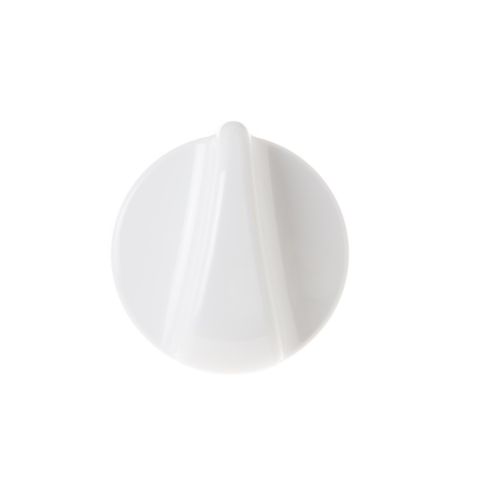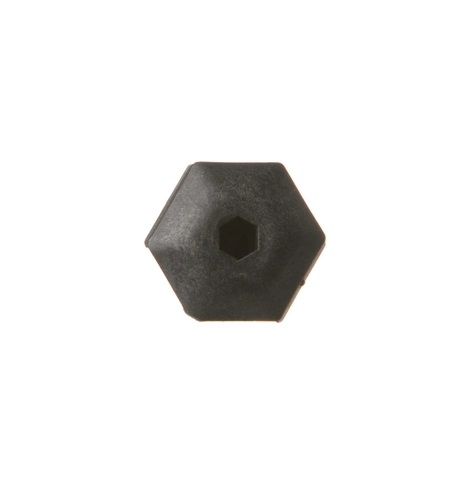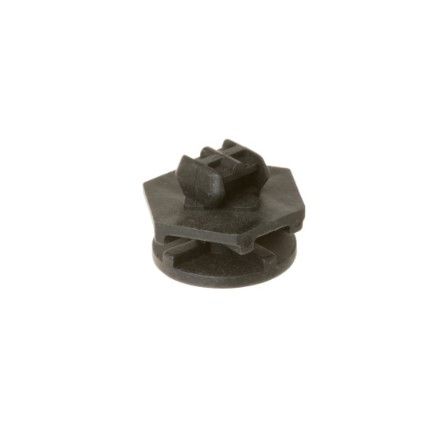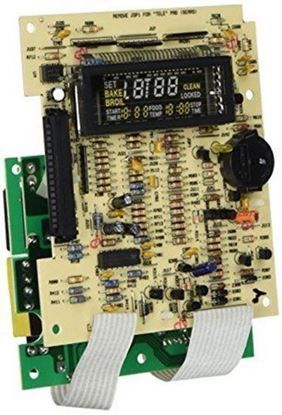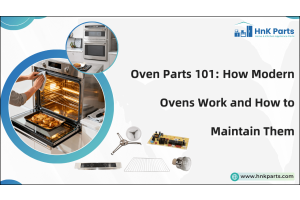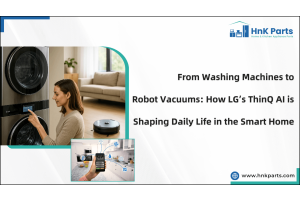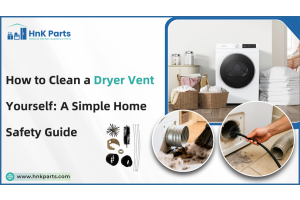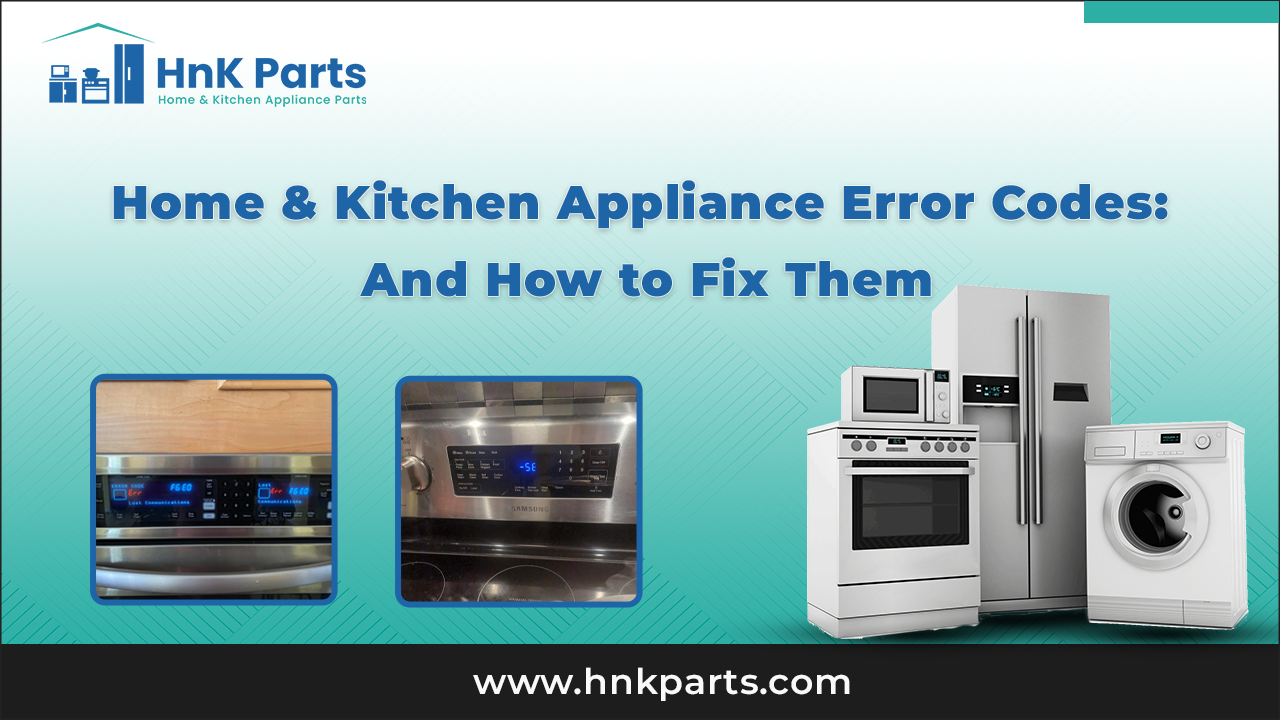
Home & Kitchen Appliance Error Codes: and How to Fix Them
Nowadays, in technologically advanced homes, smart kitchen and laundry appliances come equipped with digital displays that show error codes when something goes wrong. These codes are not randomly picked numbers; they are a way for your appliance to indicate that something is wrong and requires attention. Encountering these error codes, such as when your dishwasher won’t start or your dryer suddenly quits mid-cycle, can be frustrating, but understanding them can help reduce unnecessary spending and potentially costly repairs. Most common problems can be diagnosed and fixed at home in just a couple of simple steps. Here, we provide a complete guide to the most common error codes for every important electric home appliance, including stoves and ovens, dishwashers, refrigerators, washing machines, and dryers. Each code will have practical troubleshooting tips on how to get your appliance running again.
| Table of Contents: Why Understanding Error Codes Matters Stove & Oven Error Codes Dishwasher Error Codes Refrigerator Error Codes Washing Machine Error Codes Dryer Error Codes Maintenance Tips to Prevent Error Codes |
Why Understanding Error Codes Matters
Understanding error codes on home appliances helps users troubleshoot problems efficiently, avoid costly repairs, and maintain performance. Here's why it's essential:
-
Early detection: Catching an error code early can prevent major breakdowns.
-
Cost savings: Solving minor issues yourself can save on service calls.
-
Appliance longevity: Regular troubleshooting and maintenance extend the life of home appliances.
Manufacturers include diagnostic features to guide users through simple repairs or signal when professional help is necessary. The key is not to ignore the error code and act promptly.
12 Most Common Appliance Problems & Solutions
Stove & Oven Error Codes
Ovens and stoves are the main items in any kitchen, and, more often than not, the error code will appear on your way to cooking food, or while your oven is self-cleaning, or at any other point during your appliance’s startup. But these codes can reduce a body of issues that may involve temperature sensors, control boards, or door mechanisms.
Common error codes:
-
F4: Temperature sensor fault, often due to a faulty or disconnected sensor.
-
F5: Malfunctioning electronic control board.
-
F9: The error of the door lock circuit is common during a self-cleaning cycle.
Troubleshooting tips:
-
Reset the power: Turn the oven off or the circuit breaker off for 30 seconds and unplug the oven.
-
Inspect connections: Look for frayed wiring or loose connections on the control board.
-
Door lock check: Check the door lock, it should not be jammed.
-
Replace sensor: To check the oven temperature sensor, use a multimeter. Replace it if the readings are off.
If the problem is not fixed, seek help from the Frigidaire Owner Center or a similar qualified technician.
Dishwasher Error Codes
Dishwashers are complex appliances involving multiple systems—plumbing, electronics, and mechanical parts. Error codes can indicate anything from water flow issues to door problems.
Common error codes:
-
IE: Water inlet error, the appliance is not getting enough water.
-
OE: Drainage error, the dishwasher can’t expel water.
-
CL or Cd: Door error, improperly closed, or child lock is engaged.
Troubleshooting tips:
-
Water supply check: Ensure water valves are open and hoses are not kinked or clogged.
-
Drain system inspection: Remove and clean the drain filter. Check the drain hose for obstructions.
-
Door latch test: Ensure the door is fully closed and latched.
-
Disable child lock: Press and hold the child lock button for several seconds to deactivate it.
Dishwashers commonly display these codes from brands like LG, Samsung, and Bosch, though code definitions may slightly vary.
Refrigerator Error Codes
Refrigerators run continuously, and when a problem arises, it may involve the cooling system, sensors, or defrost mechanisms. Error codes often help identify these issues early, preventing food spoilage.
Common error codes:
-
FF: Freezer fan fault or temperature too high.
-
PF: Power failure—often due to a recent outage.
-
dH: Defrosting issue—fridge is taking too long to complete defrost cycle.
Troubleshooting tips:
-
Reset: Unplug the refrigerator for 30 seconds to reboot the system.
-
Ventilation check: Ensure items aren’t blocking the vents. Good airflow is key.
-
Check the thermostat settings: Confirm the fridge and freezer are set to optimal temperatures.
-
Inspect defrost system: If frost builds up, the heater or defrost timer may be faulty.
If persistent, contact the manufacturer’s customer service for model-specific support.
Washing Machine Error Codes
Washing machines frequently display error codes related to water input/output, drum movement, or control board faults. Recognizing these can prevent bigger problems like flooding or motor burnout.
Common error codes:
-
F01: Electronic control board failure, which often needs a replacement.
-
E1: Water supply problem, the machine isn’t receiving enough water.
-
E2: Drainage issue, water isn’t draining properly from the drum.
Troubleshooting tips:
-
Check the water tap & inlet hose: Ensure they’re open and unobstructed.
-
Clean the drain pump filter: Accessible from the front bottom panel; remove debris.
-
Reset the Machine: Unplug the machine for a minute and restart the cycle.
-
Inspect for Blockages: Use a flashlight to check hoses for clogs or kinks.
These issues are common in front-loading and top-loading washers across various brands like Whirlpool, Maytag, and LG.
Dryer Error Codes
Dryers can experience issues ranging from power interruptions to airflow blockages. Recognizing the meaning of these codes helps maintain safety and drying efficiency.
Common error codes:
-
PF: Power failure, cycle interrupted unexpectedly.
-
tE3: Temperature sensor issue, the sensor may be faulty or disconnected.
-
AF or F4E3: Airflow restriction, possible vent or lint blockage.
Troubleshooting tips:
-
Power cycle the unit: Unplug and hold the Start/Pause button for 5 seconds before plugging back in.
-
Clean the lint filter: Remove lint after every load.
-
Inspect the vent hose: Ensure the vent is clear and properly connected.
-
Avoid overloading: Overfilled dryers reduce airflow and affect heat sensors.
-
Replace the thermistor if needed: If temperature readings are inconsistent, the sensor may need replacement.
Maintenance Tips to Prevent Error Codes
Regular maintenance can help extend appliance life and prevent annoying error codes from interrupting your routine. Here are some essential tips:
|
Tip |
Description |
|
Regular cleaning |
Clean filters, vents, and seals monthly. |
|
Check connections |
Ensure hoses, cords, and plugs are not damaged. |
|
Avoid overloading |
Follow capacity guidelines for washers and dryers. |
|
Follow the user manual guidelines |
Stick to recommended detergents, settings, and load sizes. |
|
Schedule annual inspections |
Have appliances professionally checked for long-term health. |
The Importance of ENERGY STAR Ratings in Choosing Home Appliances
Error codes are built-in problem solvers. Rather than viewing them as an inconvenience, treat them as helpful alerts. From ovens to dryers, recognizing and responding to these codes allows for quick fixes, safer operation, and longer-lasting appliances. If a problem goes beyond a simple fix, like replacing a sensor or cleaning a filter, consult a professional or the manufacturer’s support center. Many issues can be addressed without expensive repairs if identified early. HnK Parts provides an extensive range of premium kitchen appliance components from leading manufacturers at affordable prices. Whether it's dishwashers, dryers, microwaves, or refrigerators, all necessary parts to ensure appliances operate smoothly are included.
FAQs
What should I do if my appliance error code persists after troubleshooting?
If an error code continues to appear after performing troubleshooting steps, it's advised to check the user manual for the specific appliance. If the manual doesn't provide a solution, contacting customer support or engaging a professional technician is often necessary.
Can I fix appliance error codes myself or should I always seek professional help?
Many appliance issues can be addressed with simple troubleshooting steps that homeowners can perform; however, complex problems or those involving electrical components may require professional assistance to ensure safety and proper resolution.



